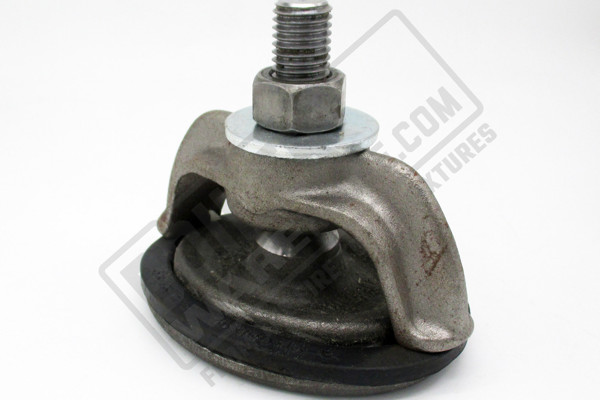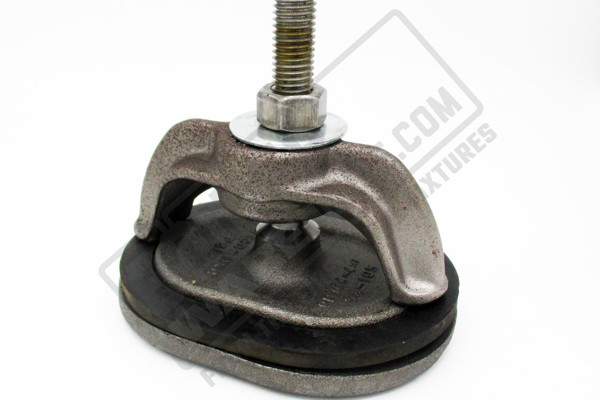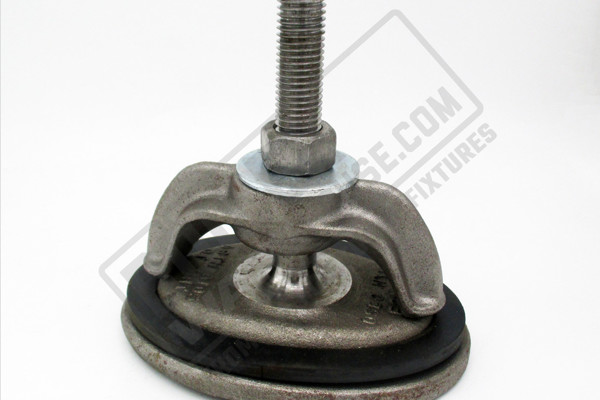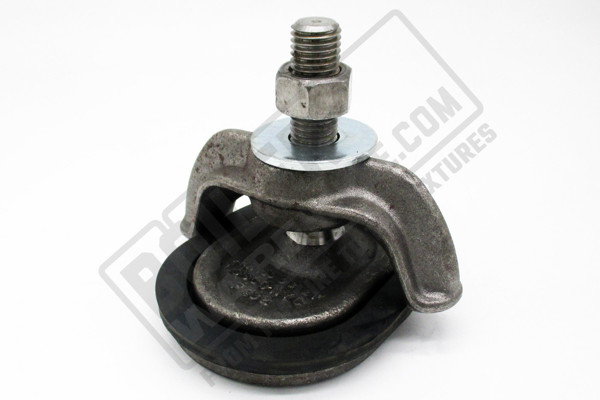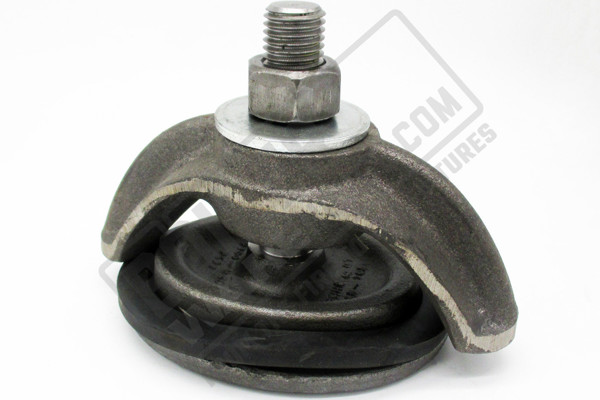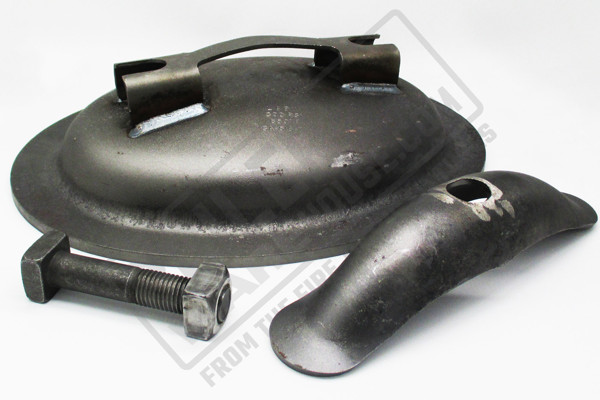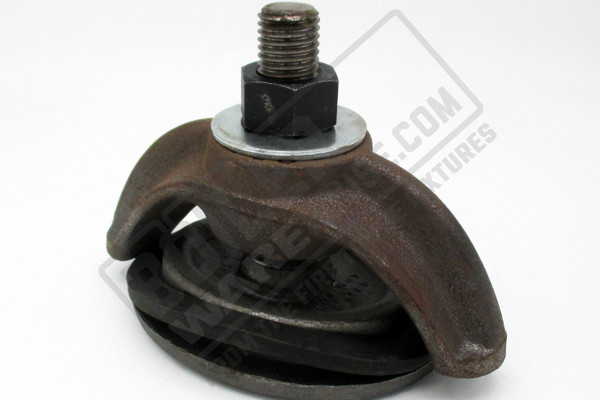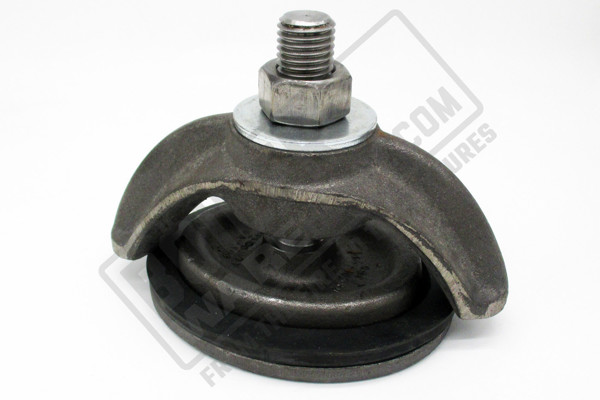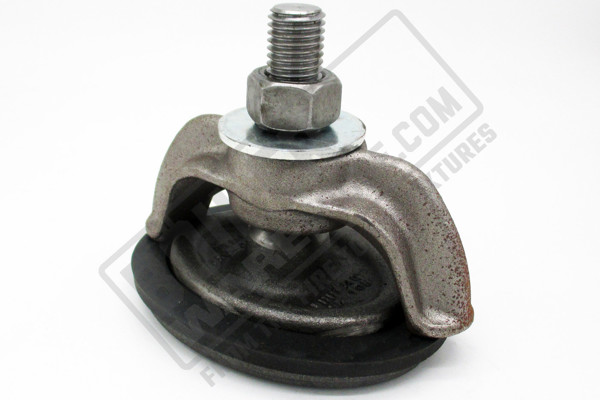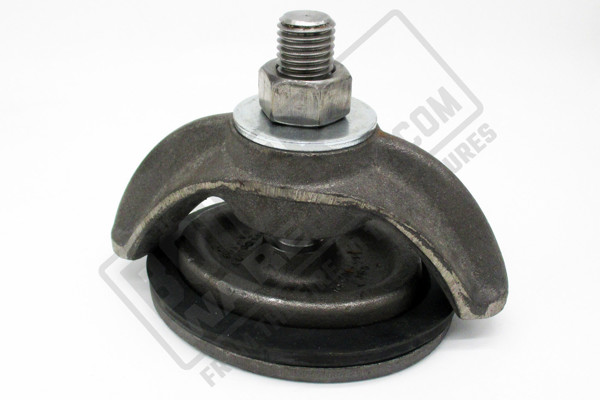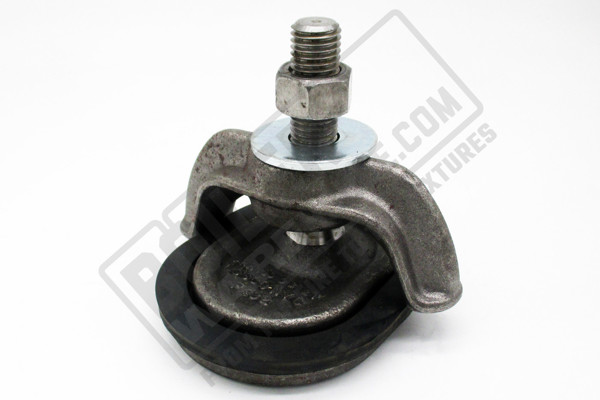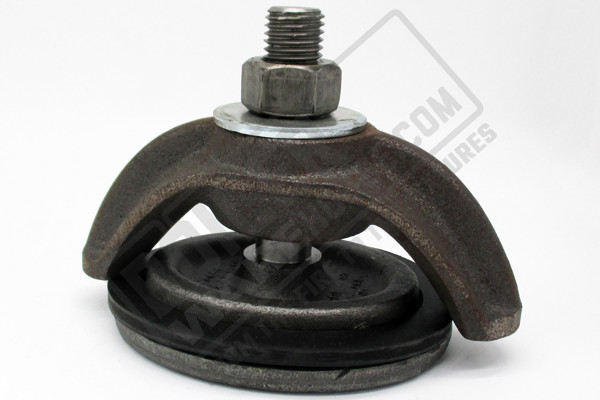Hand Hole and Manway Plates
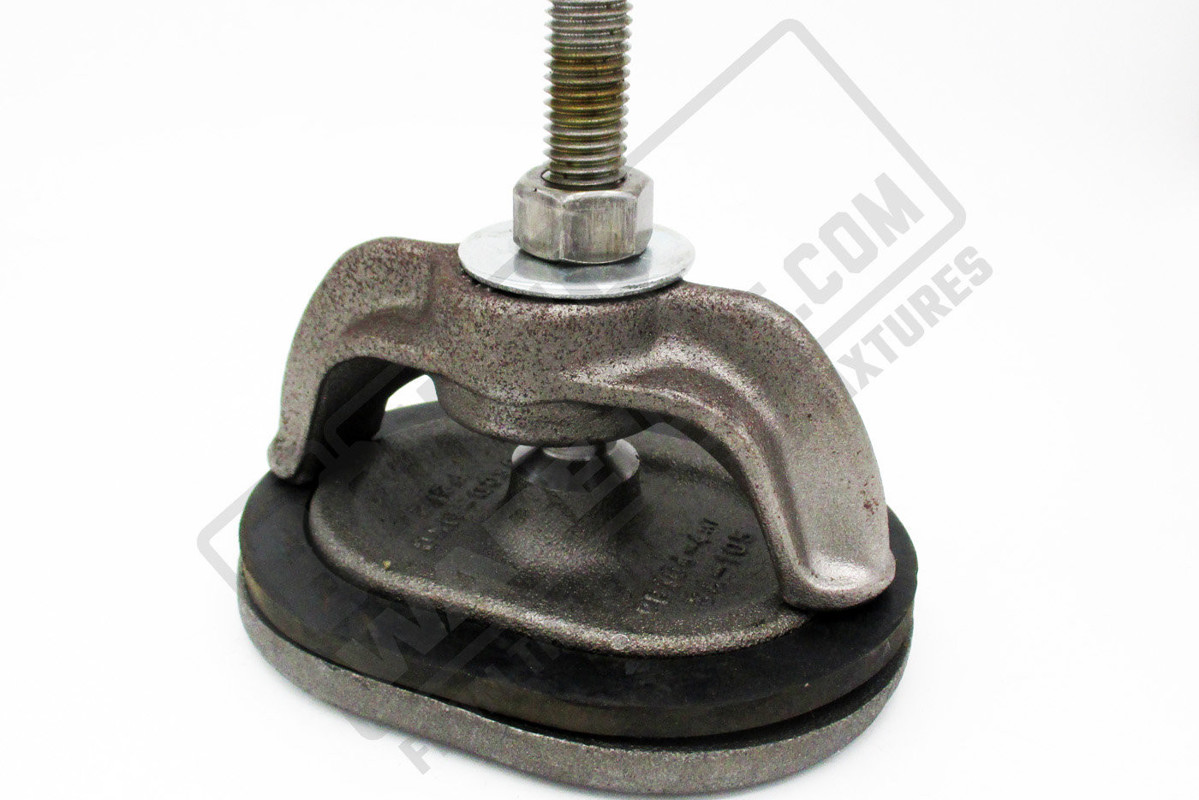
What Are Hand Hole and manway plates & What Is Their Function?
Hand Hole and Manway Plates provide safe access
A boiler is a sealed system, but regular maintenance and inspection necessitate looking inside. Manway and hand hole plates safely cover the access points that allow technicians to get their hands, arms, and sometimes entire bodies into an inactive boiler to do their work.
Hand Hole and Manway Plates seal off access
Proper boiler operation requires regular inspection and ongoing maintenance. To do a thorough job, technicians need to inspect the inside surfaces of the various parts of the boiler. However, since boilers operate under pressure, it’s not as easy as simply opening a door. Manway and hand hole plates are held in place by a large bolt and claw, and sealed with gaskets to maintain steam pressure as the boiler operates.
The Role Hand Hole And Manway Plates Play In A Boiler
In order for a boiler to work, it has to maintain pressure. Any leak will drastically affect steam production, and cause the boiler to consume excess fuel. By using metal plates and gaskets held in place by large bolts, handholes, and manways are kept pressure-tight, while still allowing access to interior surfaces when needed.
What Are The Effects Of Bad Hand Hole And Manway Plates?
If a hand hole or manway plate is warped, it will not mate properly to the seating surface resulting in a leak. Likewise, if the plate is damaged or cracked in any way, or if the gasket is damaged, cracked, old, improperly sized, or incorrectly seated, a leak will form.
Things To Consider About Hand Hole And Manway Plates:
- Make sure every manway and hand hole plate is bolted down properly, without cross-threading, and that the nut is torqued to the manufacturer’s specifications.
- Always use the correct gasket rated for the specific materials, temperatures, and pressures under which it will operate.
- Using the wrong gasket can be very dangerous, and can damage the boiler or plate.
- Make sure every mating surface is clean and properly prepared before installing the gasket or plate.
Helpful Resources
Relevant WARE Videos on Hand Hole and Manway Plates
Hand Holes & Manways & Gaskets, Oh My!
How To Install Handhole Plate on a Boiler
How to Care for Handhole Threads on the Gasket Plate
Choosing the Right Gasket: OB vs E
Different Kinds of Gaskets in the Boiler Room
Annual Steam Boiler Open and Close
Tips for inspection during a Boiler Open and Close
Explore over 750+ explanatory videos on boilers and boiler systems on our Youtube channel. Our videos can help you quickly grasp complex boiler topics. Watch more here!
Relevant WARE Blog Articles on Hand Hole and Manway Plates
Annual Steam Boiler Open and Close
Monthly Boiler Maintenance Means Safe, Efficient Operation
Our informative and educational blog content can help you gain a deeper understanding of the boiler room. Read more here!
Technical Documents
Hand Hole and Manway Plates FAQ
Does the plate bolt directly to the boiler?
Unless you’re dealing with an extremely large boiler, the manway and handhole plates actually bolt to themselves. The plate itself is inserted into the boiler at an angle, rotated into place, then held in place with a clamp connected by a large bolt.
Why is the plate on the inside?
This is a fail-safe design that uses the pressure of the boiler to help keep the plate sealed in place. Even if the clamp or bolt were to fail, the pressure inside the boiler would hold the plate in place to an extent, helping to prevent a massive leak of scalding hot water and steam.
How long do plate gaskets last?
Manway and hand hole plate gaskets typically last about a year, though they should be visually inspected for damage, wrinkles, or creases every time the plate is removed.
What are manway and hand hole plate gaskets made of?
Manway and handhole gaskets are typically made of a soft or semi-pliant metal, though they may also be made of rubber or graphite.
